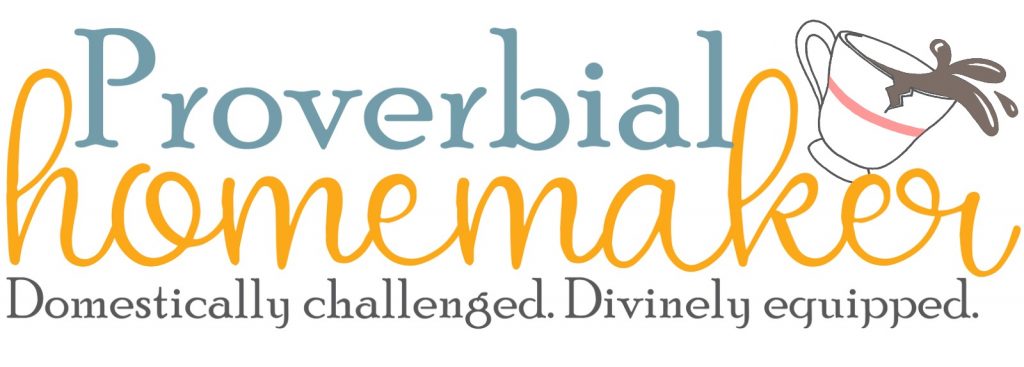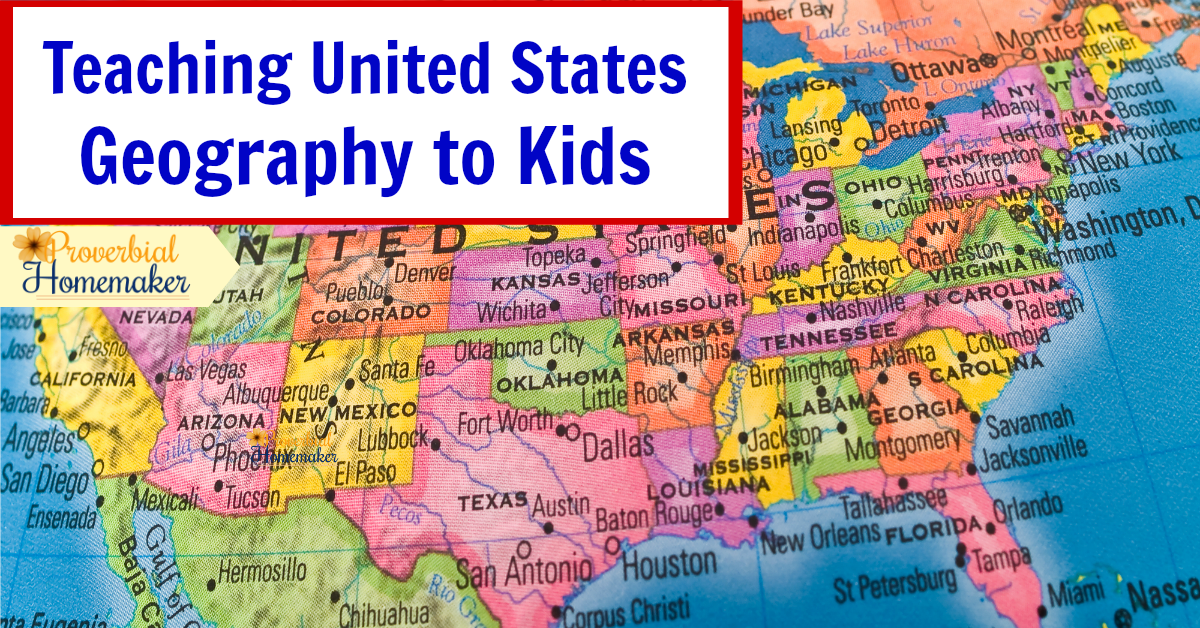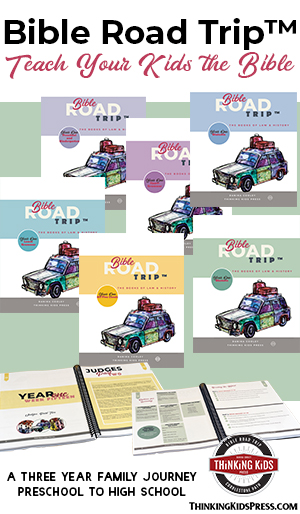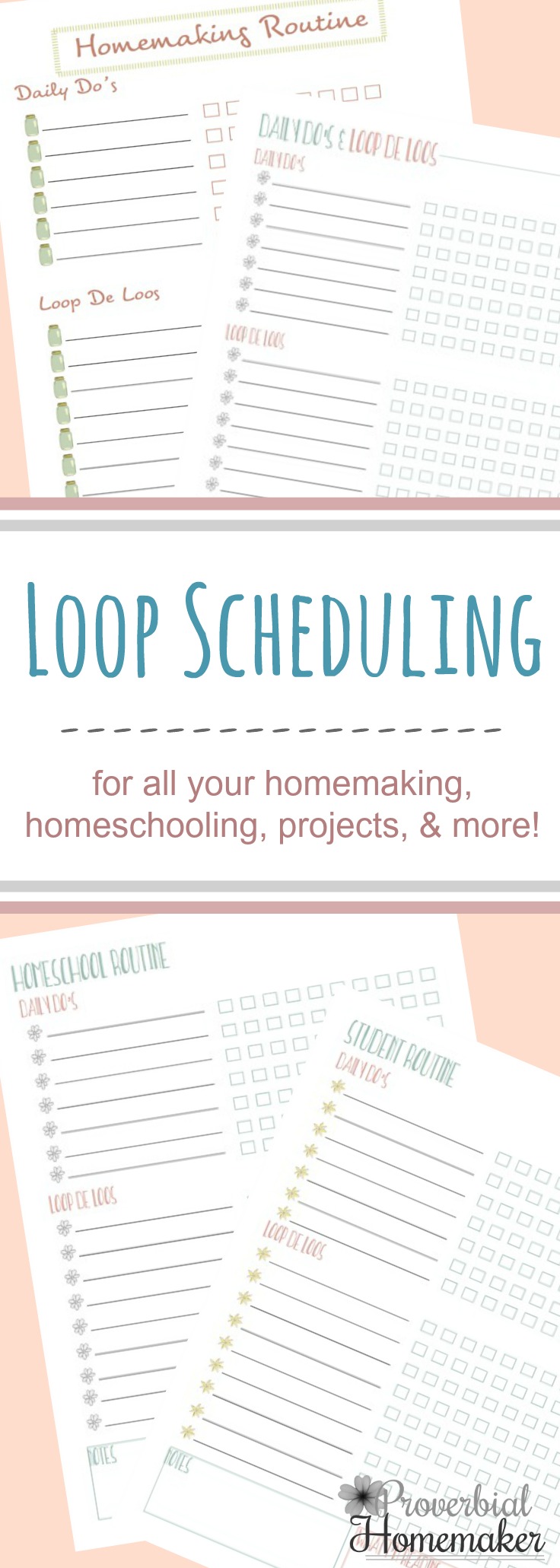
Disclosure: *This post may include affiliate links. As an affiliate, I earn from qualifying purchases. Read the disclosures and terms for more information.
Hands-On Ways to Learn Geography
Cooking
One of my children’s favorite ways to study a new culture is through cooking. Finding traditional recipes and trying them out really helps us to experience the culture. Learning about a culture through cooking can be as simple as trying out one recipe or as involved as putting on an entire dinner. When we were studying the culture of ancient Rome, we put on a Roman feast, complete with food and even dressing up as ancient Romans. We invited the grandparents to make it extra special. Cooking really helped us to grasp elements of the ancient Roman culture.
Crafts
Another great hands on way to experience geography is by doing a craft that is typical of the country being studied. We’ve made musical instruments, masks, and traditional decorations of various cultures that we’re studying. The DLTK website has some great craft suggestions for a variety of countries and cultures.
Map Making
Learning about maps and how they work and how to read them can be a difficult and abstract concept, especially for younger children. Have children make their own maps to help them learn how maps work. Younger children can create a map of their neighborhood, marking the location of their house or friends’ houses. You can create a treasure map and teach children how to read it and follow it. Older children can try copying a world or country map and labeling it.
Diorama
A diorama is a unique way to present geographical features of an area in a three dimensional way. To make a diorama, use a shoebox or any cardboard box of the same size. Turn the box on it’s side so that it makes a stage of sorts. Inside the box, children can use construction paper or pictures clipped from magazines to make a scene from a geographical area that you’re studying. A desert scene might have construction paper sand on the bottom and cacti cut from construction paper standing up. You might find pictures of some desert animals, such as camels, to glue to the back of the box. This is an excellent tutorial for building a diorama. Creating a diorama can give children a great visual for the area being studied.
Science Experiments
Children can learn quite a bit about the geography of an area by doing science experiments. Create a volcano with clay and fill it with baking soda and vinegar to watch it erupt. Make quicksand by mixing cornflour and water. When you dip your hands in, it’s soggy, but if you apply pressure to the surface of the mixture it becomes hard. Use clay to create three dimensional models of countries and then mist with water to see how rainfall will affect the different land forms. Doing experiments will combine science learning with geography and will help children get a better understanding of land forms, weather patterns, and other things that affect the geography of an area.
Geography Fair
In a geography fair, students create a display about a country they’ve chosen to study. Using a display board, students can display maps, pictures of the country, drawings, examples of traditional dress, and other things that illustrate the country they chose. They can also feature a food from the country or a traditional craft they’ve made. Some students chose to wear culturally related clothing from the country they chose. If you don’t have a local homeschool geography fair, you could do this within your own family, allowing each child to research a different country and then inviting family and friends in for your display.
Children can learn geography from a textbook. But hands on learning gives them an opportunity to truly experience the countries and cultures they are learning about. And having these hands on opportunities will help them to remember the information they learn for a long time.
You Might Also Like…
Teaching United States Geography to Kids









 by Stephanie, The Multi Taskin' Mom
by Stephanie, The Multi Taskin' Mom
This Post Has One Comment
We love map making, we use peg dolls with flags… Works a treat 🙂 https://homeedhomestead.wordpress.com/2016/07/21/montessori-map-work/